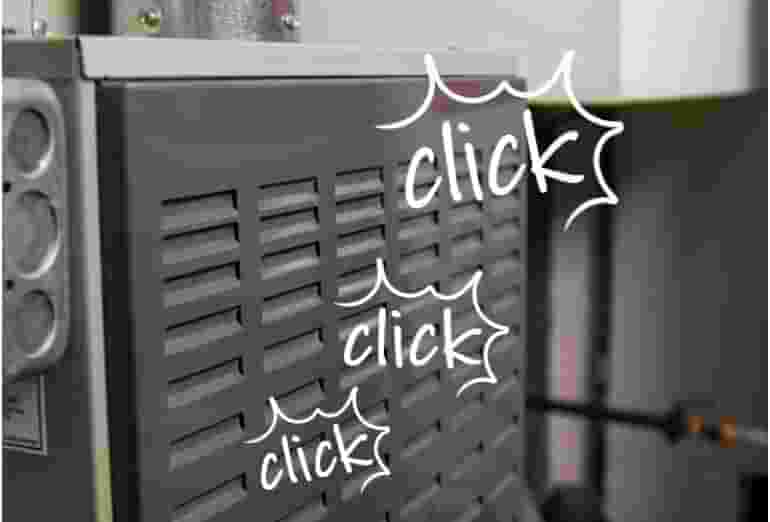Plywood is one of the most versatile and affordable building materials for DIY construction projects. Whether you’re buying plywood to build a bookshelf or installing plywood countertops or flooring, Mr. Handyman can help you select the right materials.
The information below will tell you everything you need to know before you head out to purchase plywood for your next project:
Learn more about plywood sizes, veneers, and thickness on our other page.
Plywood Grades
Different projects require different plywood grades. Plywood used for the subfloor in your home doesn’t need to look as good as plywood used for a bookshelf. Higher-grade plywood will have fewer knots and be pre-sanded and ready to paint or stain.
- A – This plywood is sanded smooth and will have the least amount of manufacturing defects and be the most aesthetically pleasing. It won’t have knots, splits or cracks.
- B – Grade B is sanded but will have a few repairs and knots – but won’t have chunks or large chips of wood missing.
- C – This grade is un-sanded and will have some discoloration, larger knots, and splits.
- D – This grade has more knots and repairs and could have splits. This grade is commonly used for sheathing buildings before shingles or siding is laid on top. This type of plywood is commonly referred to as “CDX plywood”
In some cases, a sheet of plywood will have two ratings. These sheets are great when you only need one good-looking side. A sheet with a BC rating will have a B finish on one side and a C finish on the other.
Plywood is also divided into categories based on its intended use:
SOFTWOOD/HARDWOOD
As the name implies, this type of plywood is designated by the type of wood that is used to make it. Softwood plywood is used in many residential home applications and hardwood plywood is used where strength and rigidity are required, like concrete forms.
INTERIOR
Panels in this category will warp or crack if they are left exposed to the elements. These panels are best for furniture or interior applications.
EXTERIOR
Panels that fall under this category have different designations and are often identified by an “X” after the grade letter. Although this plywood has an “exterior” designation, it is not recommended to expose plywood to the elements long-term.
- “Exposure 1” can withstand exposure to the elements during home construction, but it is not made for long-term exposure to the elements.
- “Exposure 2” is intended for interior applications where there may be slight exposure to moisture, like a bathroom.
- “Exterior” is often called CDX (or sheathing). This type of plywood can withstand more exposure to the elements but is often covered by siding or shingles.
MARINE
These panels can withstand longer-term exposure to moisture and are treated to resist delaminating, mold and mildew. They are typically made with tropical hardwood.
FLEXIBLE
Most plywood that is less than 5 ply can be designated as flexible. Flexible plywood is used for architectural design elements or furniture.
TONGUE AND GROOVE
This type of plywood is best for flooring applications since it allows the board edges to interlock.
 Click to call
Click to call



